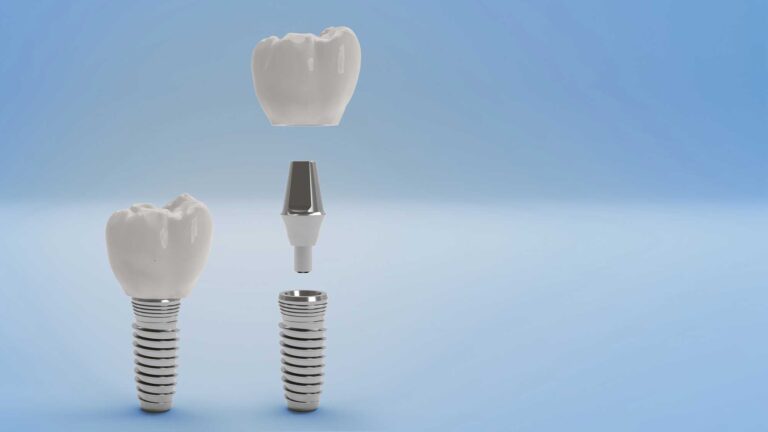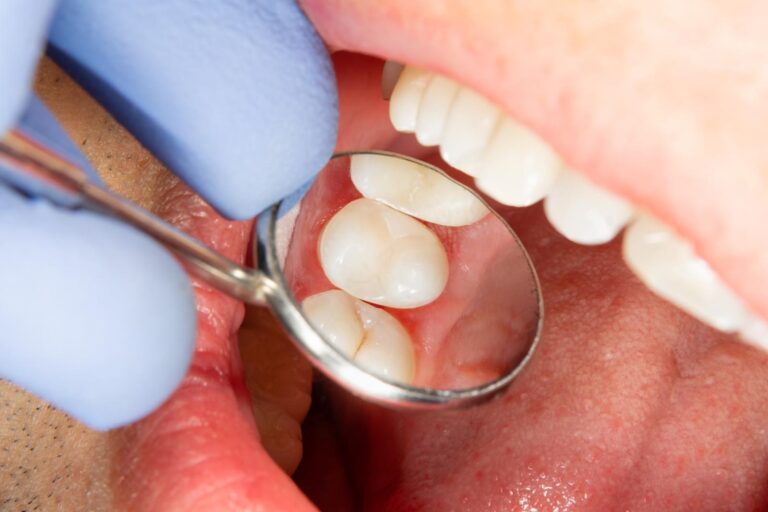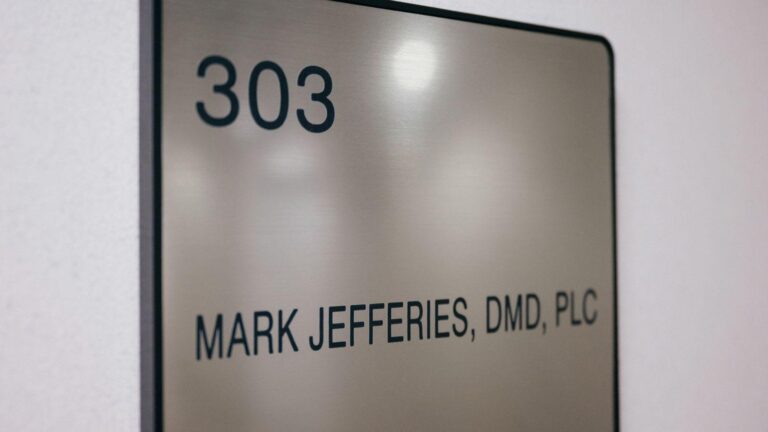Why Choose Dental Implants?
What makes dental implants so popular over other options? Herndon, VA dentist Dr. Mark S. Jefferies offers dental implants to patients who are looking for a permanent solution to tooth loss. Here are four common reasons why patients choose dental implants over other tooth replacement options.


